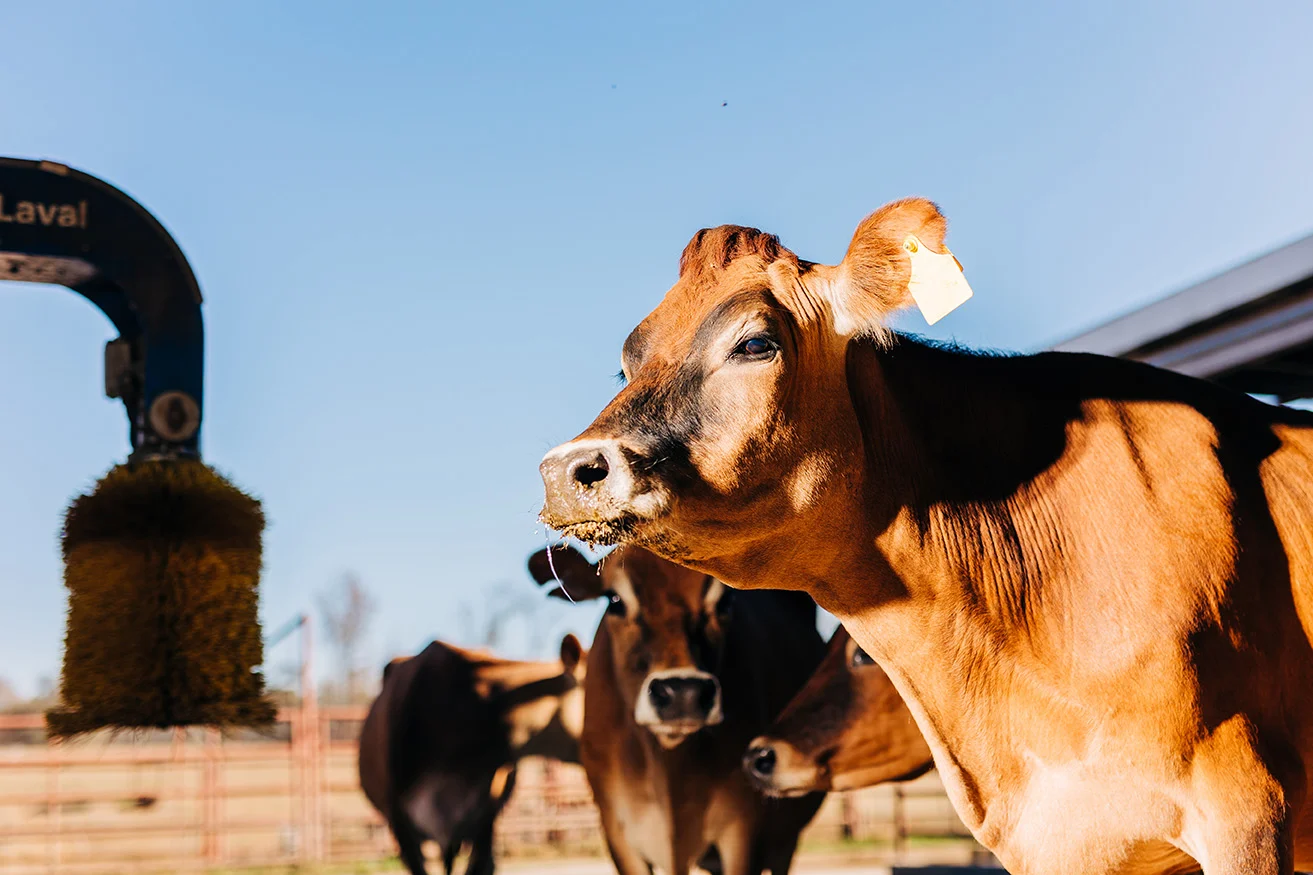
The grain and livestock markets held relatively steady this week, reflecting cautious optimism among producers and traders. While prices shifted slightly across commodities, the overall trend remains balanced despite policy uncertainty and global trade pressures.
Mixed Movements Across Grain Markets
Corn futures traded mixed, with some contracts gaining modestly while others softened under pressure from rising global supply. Soybeans ticked slightly higher overnight as export demand held firm, though ongoing trade tensions continue to weigh on long-term outlooks. Wheat futures slipped as large international stocks and favorable planting weather put downward pressure on prices.
Analysts say the grain and livestock markets could see sharper swings if new trade policies emerge or if the federal shutdown continues to disrupt USDA reporting. Without timely data, producers have less clarity on production trends and export commitments, which could heighten volatility in the weeks ahead.
Livestock Markets Show Modest Strength
In livestock, cattle futures posted gains as tight supplies and steady consumer demand supported prices. Feedlot inventories remain manageable, and cooler weather has improved conditions for finishing cattle. Hog markets, however, softened slightly due to continued export concerns and rising input costs.
Market analysts note that the grain and livestock markets often mirror each other this time of year, as feed costs and export flow influence both sides of the sector. Lower grain prices can ease some cost pressures for livestock producers, while strong beef and pork demand can buoy confidence heading into winter.
Outlook for the Weeks Ahead
Despite the calm, many traders expect the grain and livestock markets to remain sensitive to external factors such as trade negotiations, global crop reports, and energy prices. With the federal government shutdown delaying official USDA data, private forecasts and local market signals are becoming increasingly important for producers managing sales and storage decisions.
In short, the current steadiness in the grain and livestock markets could prove temporary. Farmers and ranchers should stay alert to shifting conditions—especially as global demand, weather, and policy developments continue to shape the path ahead.



